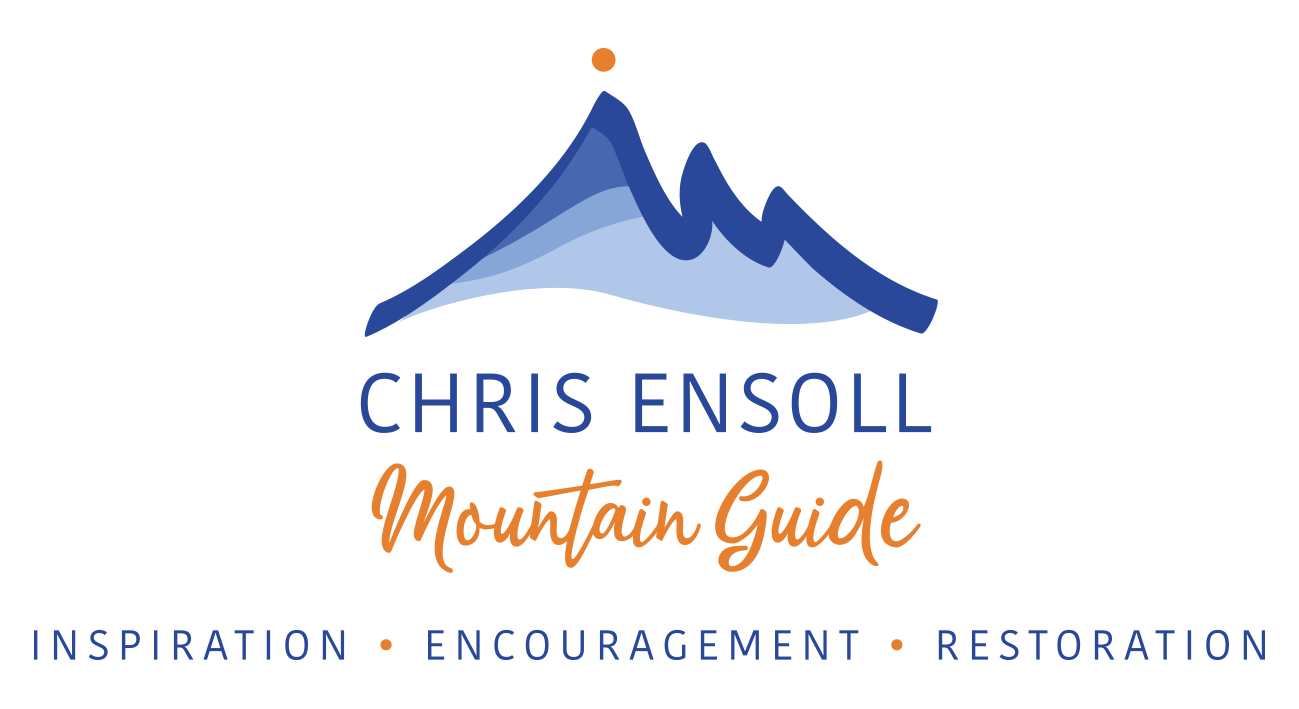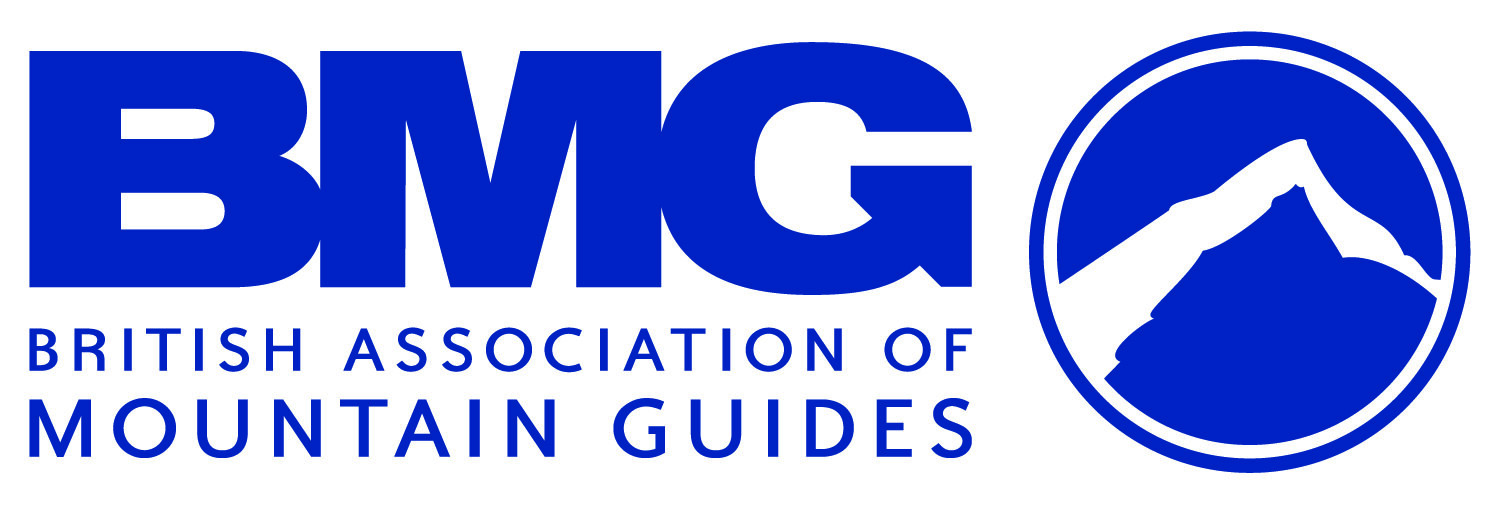Six Top Tips For Glacier Travel
/WRITTEN by CHRIS & ANNE ENSOLL
A glacier is a constantly moving river of ice, with crevasses - gaps and cracks - that are always changing. Glaciers are formed where the accumulation of snow in the winter exceeds the rate of melting in the spring. They can be either dry, where the bare ice is visible, and so the crevasses are easy to see, or wet, where the ice is covered by snow and crevasses are hidden. Snow bridges form over the crevasses in the winter, and these begin to thin out when the warmer spring weather comes. Dry glaciers are much more straightforward to travel across because the hazards are obvious and easy to see, whereas wet glaciers are more problematic. In the high Alps you’ll often have to travel over glaciated terrain as part of your mountaineering day, and it is essential that you are well-prepared for it.
Leaving Col Superieur du Tour on the Trient glacier
1 Plan
Wherever you are in the world, whatever you’re setting off to do, planning always pays off. Aim to travel across the glacier when snow bridges are frozen, ie early morning rather than late afternoon.
2 Learn how to take coils so you can rope up
If you have two people and 50m of rope, 10 coils leaves approximately 16m or 8 spans between the two people. This is what we mean by a span:
3 Always rope up on wet glaciers
Most people who get into trouble on a glacier and survive to tell the tale say that they did not think there was any danger from crevasses. Not true! Prevention is always better than cure - by roping up, walking a long way apart, and keeping the rope taut between you, you will give yourself the following benefits:
The possibility of having to rescue someone who is deep in a crevasse will be hugely decreased.
If anyone does step onto soft snow over a hole, if the rope is taut the other person(s) will probably be able to prevent them from falling in.
If one of you does fall into a crevasse, it is less likely that the other one will join them.
Three people on a rope is better than two, four is better than three, but more than four can become difficult to manage. When travelling with only two people on the rope, putting bulky knots (eg Alpine butterfly) approximately a span apart in the rope will make it less likely that the second person will follow the first if he/she goes down a crevasse, because the knots will bite into the snow. However, this can make it more difficult to rescue the person in the crevasse.
4 Take crampons, an axe and ski/walking poles
If everyone in your party is wearing crampons and carrying a straight mountaineering axe (in the hand, not in the rucksack), then preventing or holding a fall into a crevasse will be much more doable. Ski poles or walking poles are also really useful to use as a probe to check for bridges and soft spots. If the pole has a basket at the bottome, turn it upside down.
On the Trient plateau
5 Learn how to set up a haul
Research done by the Swiss authorites has shown that most people are able to work something out to rescue someone who has fallen into a crevasse, but it is always good to be prepared. Before you venture out on a glacier, practice setting up a hauling system. If you carry the following kit on your harness (and not in your rucksack), you will be prepared to rescue:
240cm sling & krab
1 long quick draw
1 belay plate & krab
1 DMM Revolver krab
Prusik loops on a krab – link to blog post
At least one ice screw with krab per person
(7 krabs in total)
In more than thirty years of walking on glaciers I have only had to set up a haul once, but I have pulled people out on a tight rope many times.
6 Shout for help
If you get into trouble, shout! Call for help, and call the emergency services. Wherever you are in Europe, 112 is the number to ring.
Want to know more?
If you’re planning a trip to the Alps for next summer and you’d like a bit of input before you go, we offer Alpine Prep days in the Lake District. We’d love to hear from you!
Walking across the Vallee Blanche with Mont Blanc du Tacul behind







